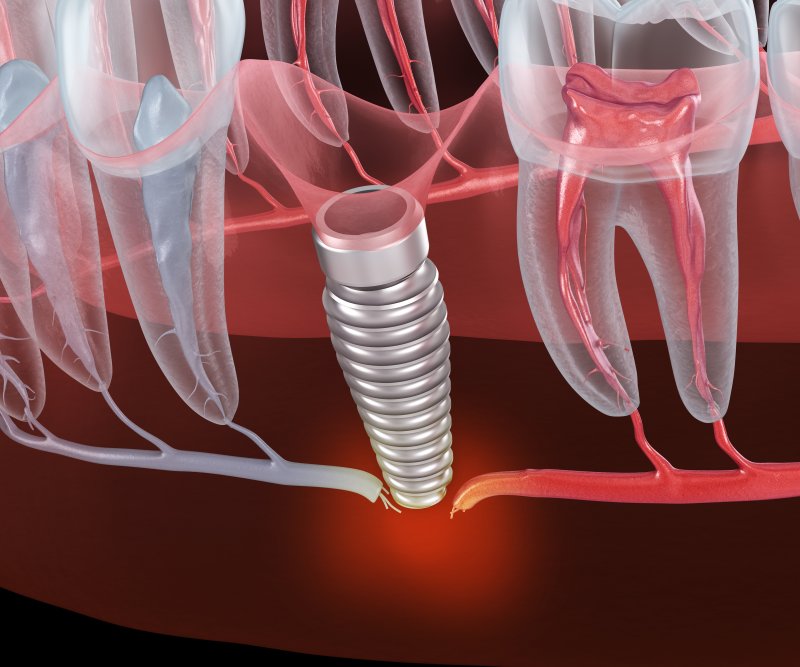What to Expect When Removing a Failed Dental Implant
June 7, 2022

You may have heard about dental implants’ high success rate — ninety-five percent of them are successful as a long-term treatment. Still, they can fail in certain circumstances. You’ll need to see your dentist about implant removal when or if that happens.
It might feel stressful to attend a removal appointment without knowing the specifics. To help you prepare, here’s a summary of failed implants’ causes and removal methods.
Why Do Implants Fail?
Generally, dental implant failures are typed according to when they first failed.
Early failures are those that occur within months of implantation. Most of the time, these are due to bone tissue not forming rigidly around the implant. Consequently, the latter will be loose and easily removable.
On the other hand, late failures happen a year or more after the implant’s placement. They often stem from premature overloading that causes your body to reject the treatment. However, others can result from an implant disease called ‘perio-implantitis’ that destroys the bone around the neck of the implant.
Regardless of timing, implants can also fail from being in the wrong position. These cases are failures because they can’t regain proper function or aesthetics. Fortunately, poor positioning is highly preventable with proper treatment and planning.
Common Implant Removal Methods
No matter the cause of the failure, your dentist will need to remove the implant. The key to doing so correctly is to preserve as much healthy bone as possible during the removal process. Therefore, good tools for the job have enough force to remove an implant without causing severe damage. It is occasionally possible to remove an implant with almost no bone removal.
There are currently two well-researched methods for removing failed implants:
- Using a cutting device called a trough bur, the dentist cuts a small part of your bone (0.5 – 1.0 mm) safely and accurately along the implant edge, releasing tension on the implant and hastening its removal.
- The dentist cuts a small amount of bone by using a piezo-electric device with a special micro tip. This Piezo tome employs ultrasonic energy to remove bone around an implant gently.
You’ll ideally never have to deal with a failed dental implant. Even so, know that your dentist can manage things if a failure occurs.
About the Practice
Sunrise Dental Center is based in Houston, TX. Led by a team of excellent dentists, they’ve been meeting their patients’ dental needs for over thirty years. Genuinely caring about oral health, they look to give top-quality dental treatment at affordable costs. These treatments span preventive, cosmetic, and restorative dentistry, including emergency dental services. For more information or to book an appointment, they can be reached at their website or by phone at (713)-869-9973.
